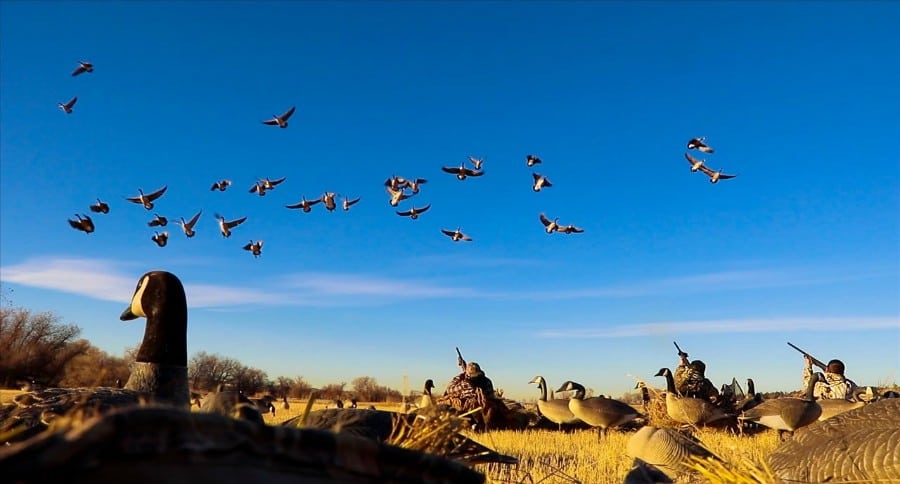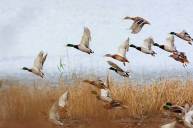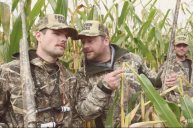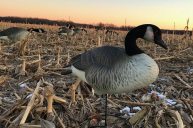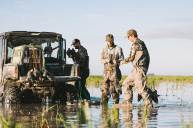Many states bless us with an early goose season and here are a few tips for beginners wanting to give it a try.
I've already written about how waterfowl hunting is an underrated pursuit, and I still feel that way. Many hunters simply don't know what they're missing out on.
If you do enjoy waterfowl hunting, though, there's a good chance you know about the early Canada goose seasons some states offer. There's just something special about seeing one of the largest migratory game birds locked up with their feet down in front of you in the month of September.
If you're new to waterfowl hunting and you're wanting to give the early goose hunting a try, these tips should help you bag a few honkers.
These are just a few tips and basics to hopefully help you get a few geese locked up in your face and then get them down on the ground and into your freezer, too. Early season is a little different than the late season, and I'll break down the approach of how I have to hunt them in my home area of Illinois.
Keep in mind that most of the geese we pursue are locals rather than migrators.
Find the food
Early season hunting is a whole different ball game because of the food situation. Come late winter during regular waterfowl seasons, all the crops are out, which means there's ample food for birds to feed on. When early seasons come in at the beginning of September, food options are limited.
Try to find freshly harvested agriculture fields, particularly recently cut hay fields. Geese will find these quickly and use them as feeding destinations after getting off the roost.
Silage fields cut for cattle are perfect examples of this. Every year, local farmers begin to cut silage fields in our areas, and the local geese find them in a hurry. The corn that's left standing provides a perfect hiding place for hunters, and the geese love the leftover corn.
Ask around and find out what crops are coming out and what fields farmers are cutting, and you'll have a head start on early goose season. Then begin scouting those fields.
Scout, scout and scout
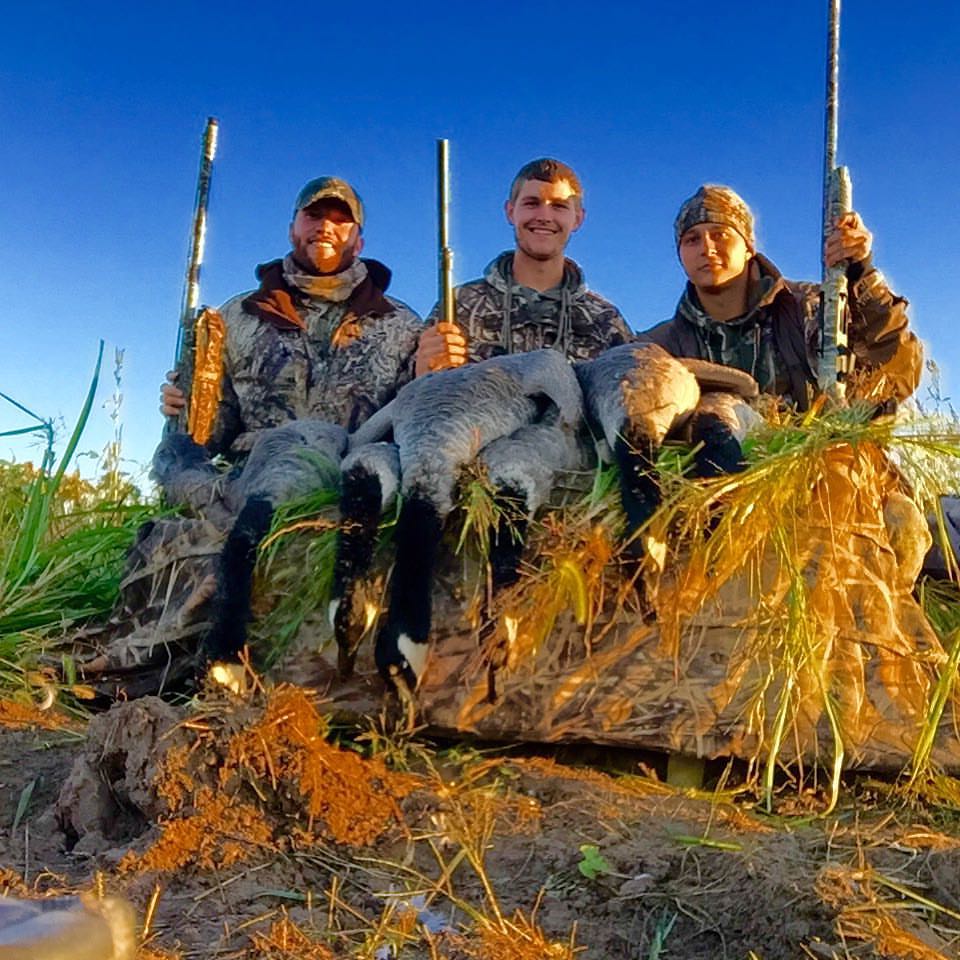
Scouting seems to be so important during the early goose seasons. In my area, the geese seem to field jump and pond jump so much in the late summer months. They rarely use the same spot consistently, which makes them extremely hard to hunt. You can't just watch them go to a field one day and then hunt it the next. From my experiences, more times than not, you do that and you end up laying in an empty field all morning with no success.
It's important you scout and try to see them using that field two to three days in a row before you try to hunt it. Once you see them consistently using the field, take note of exactly where they're landing and begin to figure out how you're going to set your decoys up in that spot.
Keep it simple
I can't take credit for this idea entirely, but use fewer decoys than you would during the regular season. Similarly, try using your less realistic decoys. I read this in an article a few years back, and it made so much sense to me, I've just always implemented it since.
Just like any other wild animals, geese become pressured and get smarter with each hunt. Being stuck in the middle of Illinois, we don't see a ton of migrating Canadian geese anymore. Therefore, we get stuck to hunting the same flocks of local geese all year long.
During early season goose hunts, it's important we don't show our best hand of cards right off the bat. If we put out the biggest spread possible with the most realistic decoys we have, how will we continue to trick them and improve our decoy spread setups the rest of the winter?
Keep it simple during the early goose seasons and not only do I think it'll pay dividends for that hunt, but also hunts throughout the year. Hunt over about two dozen decoys and leave a hole just big enough in the spread for the group of birds to get into.
Don't over-call
This one kind of piggybacks the last section. We try to not call at the birds at all, or as little as possible during the early season for a few reasons. First off, hopefully we've scouted well enough that we've placed our decoys exactly where they need to be. In waterfowl lingo, this is called the X.
If we did our homework on scouting, the birds will be intrigued enough with the decoys that they'll be going right where we want them and they won't even need to hear honks to be convinced to land there.
Second, if we can get them into our shooting range without calling them, that's one less play we gave the remaining birds. So once other hunts come along, if the birds don't want to work the spread, we still have that tactic in our back pocket to improve our chances.
It sounds a bit over the top, but when you're hunting pressured and educated local Canada geese, this can be the difference between killing your daily bag limits or just killing time.
Touch on the waterfowl basics
Now that you understand those tips, you also need to focus on the waterfowl basics. The two biggest things to focus on if you're a beginner to waterfowl hunting is paying attention to the wind and making sure you're hidden incredibly well.
Waterfowl will always land flying into the wind, where the wind is pushing against their wings. So take that piece of information into account when you're setting up your blinds as well as where you place your decoys.
Geese will circle the decoys until they're convinced and ready to land. So, if the wind is coming from the north, set your blinds facing to the south, so that when the geese attempt to land, they're in front of you.
The other key point to focus on is your "hide," or how well you are hidden. Use natural vegetation and other growth in the hunting area to cover your hunting blinds. This is super important because waterfowl have great eyesight. If they see something out of the ordinary, they'll be gone and flying out of your life in a hurry. Just think about all the eyes you have to fool up there.
Whenever you think you're hidden, add some more cover, and then when you think you're hidden again, add a little more. This is the biggest and most important factor in consistently putting geese on the ground.
Have Fun
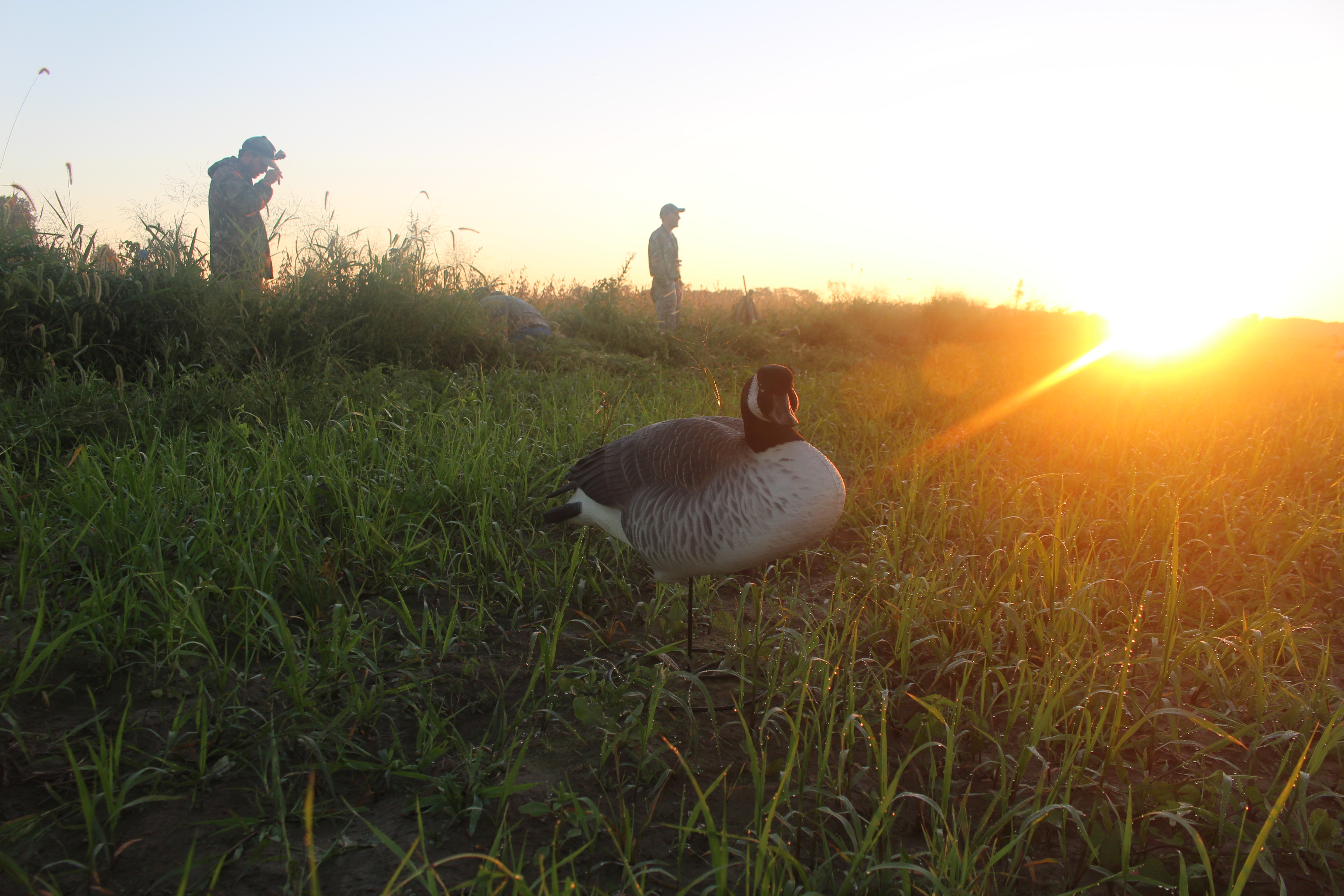
Goose hunting can be incredibly fun, especially during the early goose seasons. Warm weather leaves you with some very comfortable days in the blind and some of the most memorable small game hunts you'll ever recall. One of my favorite parts of waterfowl hunting is seeing the sunrises and sunsets coming up and going down over a decoy spread.
Check your season dates, go buy your duck stamp and hunting license, grab some buddies, bring your shotguns, your steel shot, your decoys and your dog and let it rip! Use these tips to help you get started if you're a beginner, but know that these alone won't always do the trick.
Obviously there's much more to it, but this is a good place to start. Goose hunting is all about making adjustments when things aren't working.
The most important part is to have fun, because a bad day in the goose blind is always better than a good day at work. Just ask any waterfowl hunter!
NEXT: HOW TO GET AN EARLY START ON DEER SEASON
WATCH
